L'Algérie de Gustave Guillaumet (1840-1887) (2018)
• October 17th, 2018 • 0h 6min
Documentary
Overview
Born on March 25, 1840, Gustave Guillaumet discovered Algeria by chance when he was about to embark for Italy. Over the course of his ten or eleven trips and extended stays, he established a familiarity with this space. Traveling through the different regions from north to south, he never ceases to note the differences. He is also the first artist, apart from Delacroix's Women of Algiers, to penetrate into female interiors and reveal the reality, far removed from the harem fantasies that reigned in his time. Fascinated by the country, its deserts and its inhabitants , going so far as to live like the Algerians, Gustave Guillaumet devoted his life and his painting to this country, breaking with the colorful and exotic representations of the time. The painting The Famine in Algeria, restored thanks to exceptional fundraising, was dictated by the events of the years 1865-1868, and well illustrates his knowledge of the country, in a manner that is at once demanding, sensitive and serious.
Make sure to check your pop-up blocker!!
Trailer
Similar Movies

Meet the Wallers
Released on: 2021-05-01
Documentary
A unique documentary that follows artist Mark Waller and his family over 20 years. When Mark is diag...

James Ensor: Demons Teasing Me
Released on: 2010-10-14
Documentary, TV Movie
This film explains what James Ensor (1860-1949) meant for the development of art and makes palpable ...

The Perfumed Garden
Released on: 2000-04-29
Documentary
THE PERFUMED GARDEN is an exploration of the myths and realities of sensuality and sexuality in Arab...
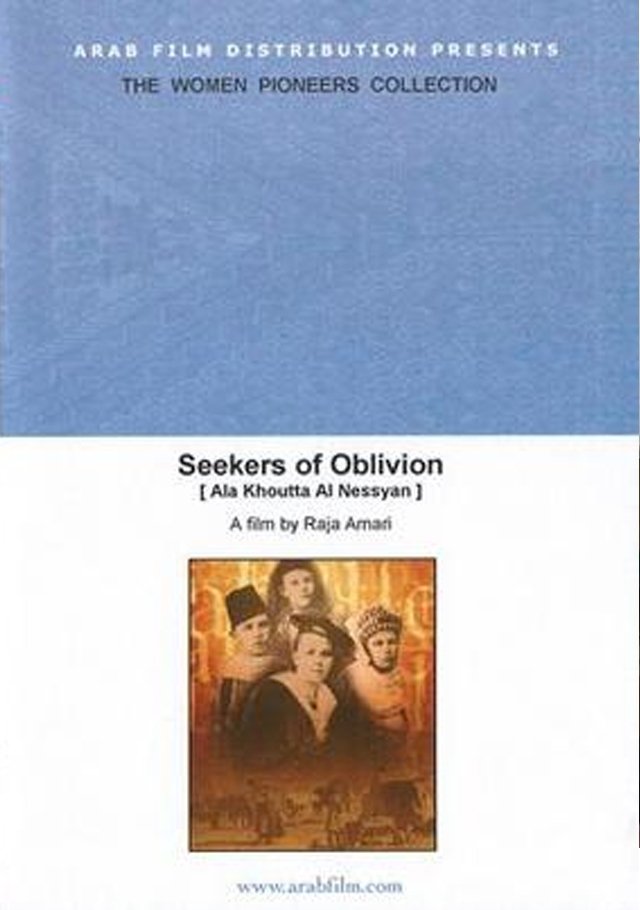
Seekers of Oblivion
Released on: 2004-04-29
Documentary
Seekers of Oblivion explores the exciting life and adventures of Isabelle Eberhardt. Born in Geneva,...

Bob Ross: Happy Accidents, Betrayal & Greed
Released on: 2021-08-25
Documentary
Bob Ross brought joy to millions as the world's most famous art instructor. But a battle for his bus...

The Words Women Spoke One Day
Released on: 2024-03-24
Documentary, History
1962, at the end of the Algerian War, Algerian independence activists are released from Rennes priso...
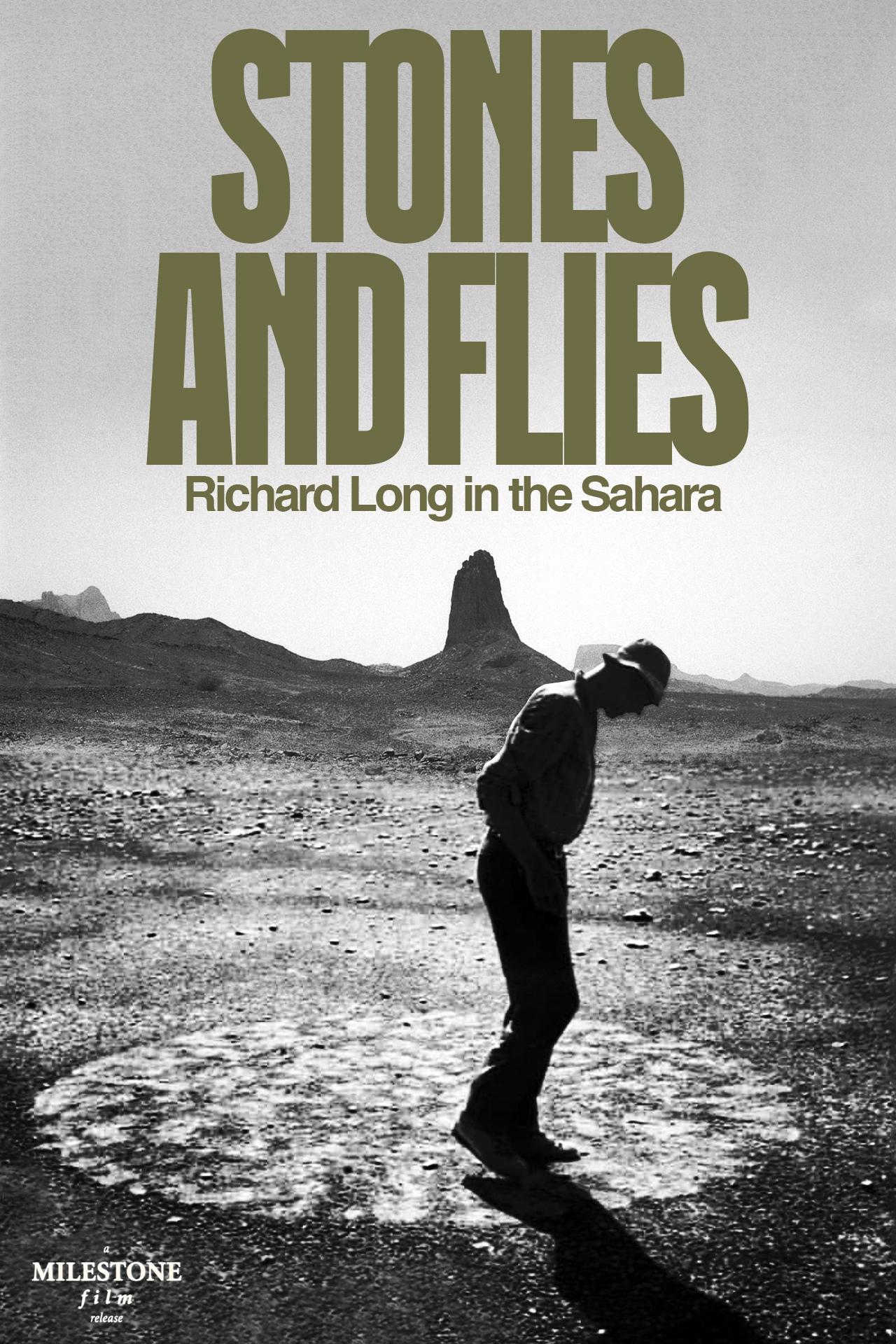
Stones and Flies: Richard Long in the Sahara
Released on: 1988-01-01
Documentary
In the fall of 1987, Philippe Haas accompanied the sculptor Richard Long to the Algerian Sahara and ...
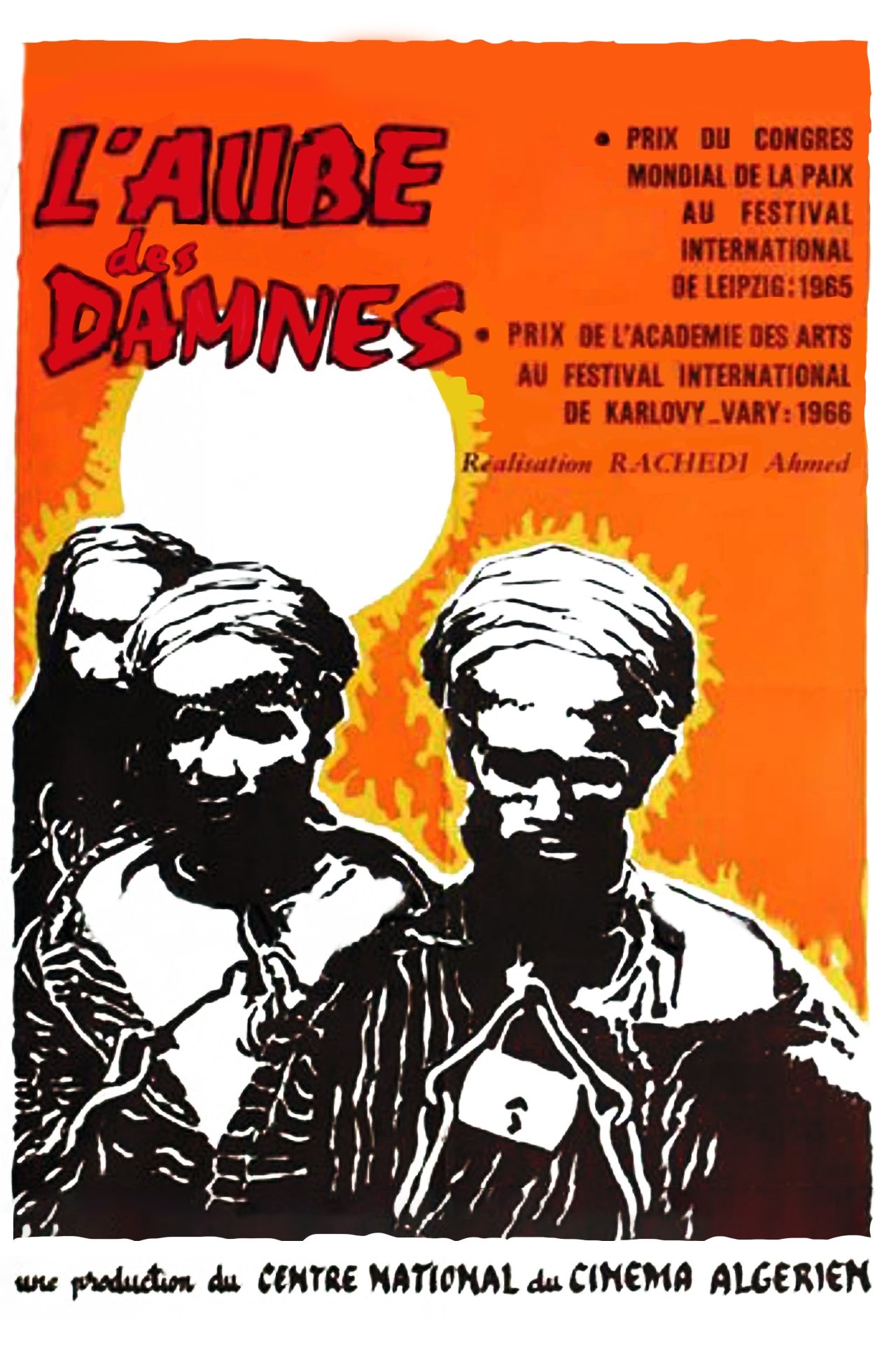
Dawn of the Damned
Released on: 1965-07-05
Documentary, History, Drama
This excellent feature-length documentary - the story of the imperialist colonization of Africa - is...

Expédition Hoggar 79
Released on: 1979-05-31
Documentary, Adventure
TSR documentary on the 1979 expedition to Algeria in the Atakor massif (Hoggar desert), organized by...

Painting Pain
Released on: 2021-07-06
Documentary
The film approaches the work of the Greek artist Nikos Koniaris. The particular way in which the pai...
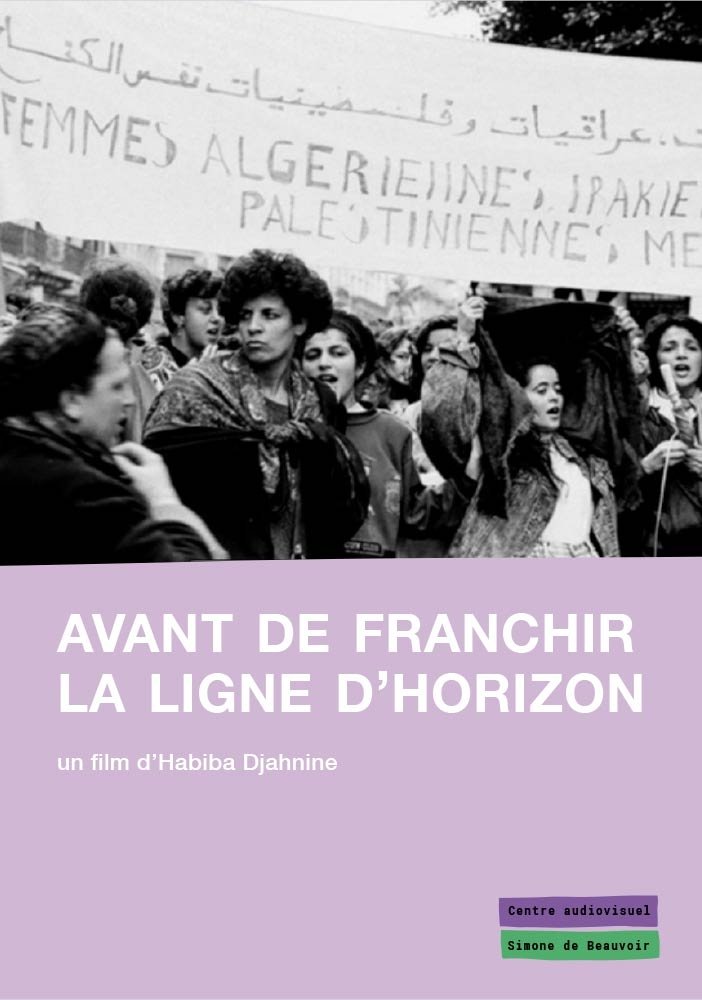
Avant de franchir la ligne d'horizon
Released on: 2010-01-01
Documentary
Habiba Djahnine went to meet activists who continue to take action. To meet them, to capture them in...
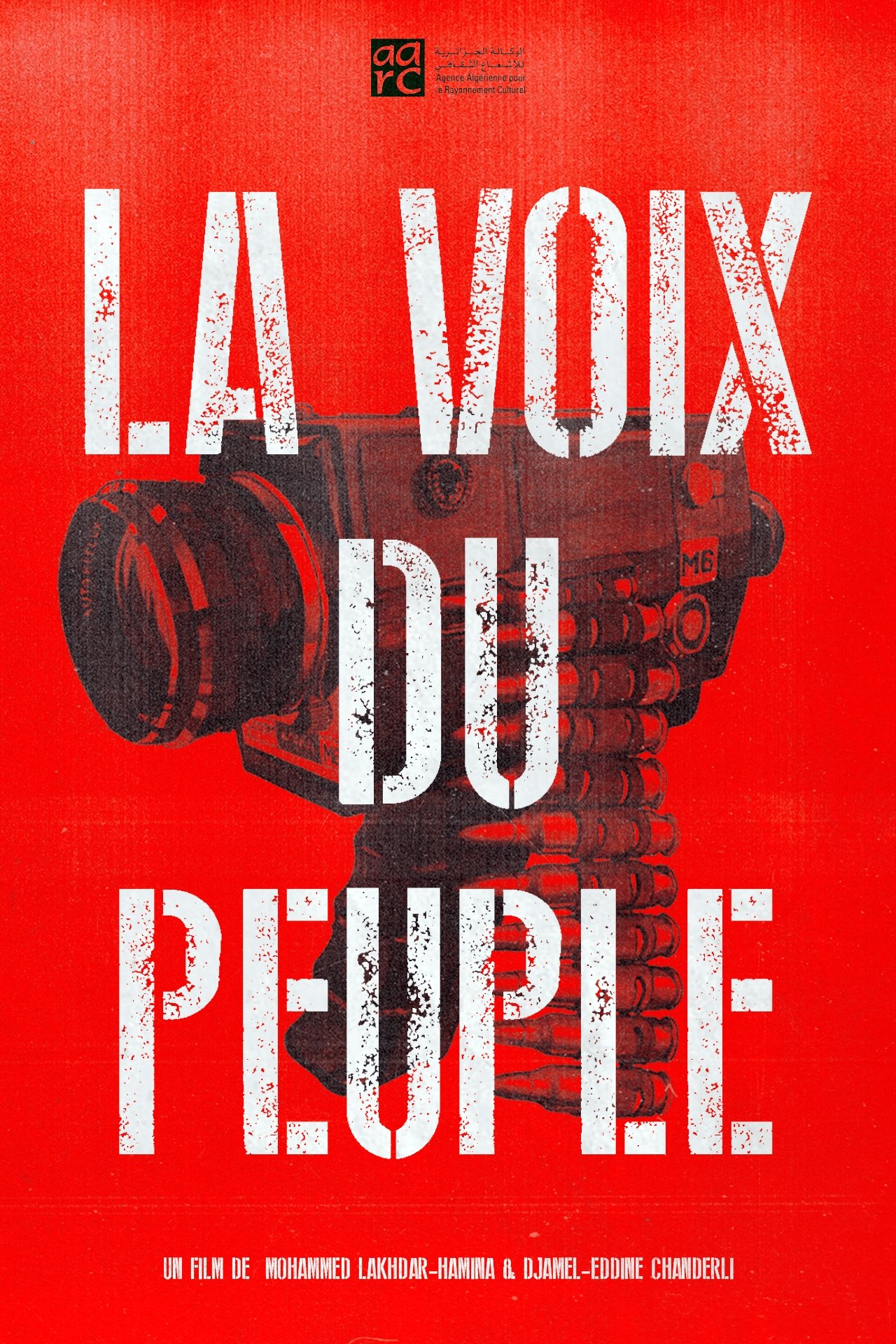
Sawt Echaâb
Released on: 1961-01-01
War, Documentary
“La Voix du Peuple,” composed of archival photographs by René Vauthier and others, exposes the root ...
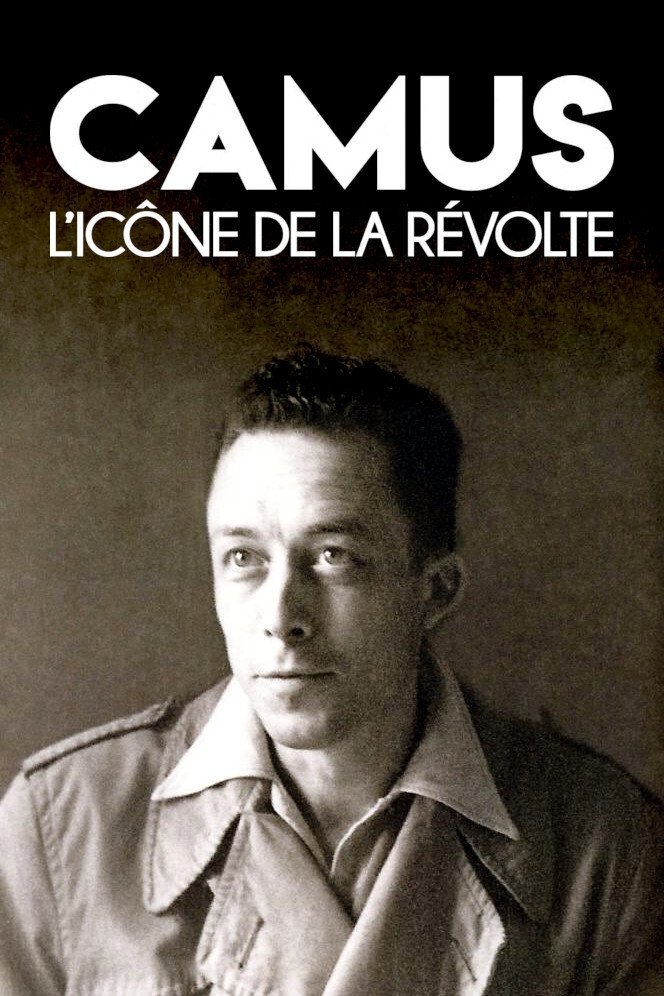
Camus, l'icône de la révolte
Released on: 2020-01-03
Documentary, TV Movie
Albert Camus, who died 60 years ago, continues to inspire defenders of freedom and human rights acti...

Mariner of the Mountains
Released on: 2023-09-28
Documentary
Filmmaker Karim Aïnouz decides to take a boat, cross the Mediterranean, and embark on his first jour...

Abd El-Kader
Released on: 2014-01-14
Documentary
Illustrated with archival photographs, animations and live action, this film explores the history an...
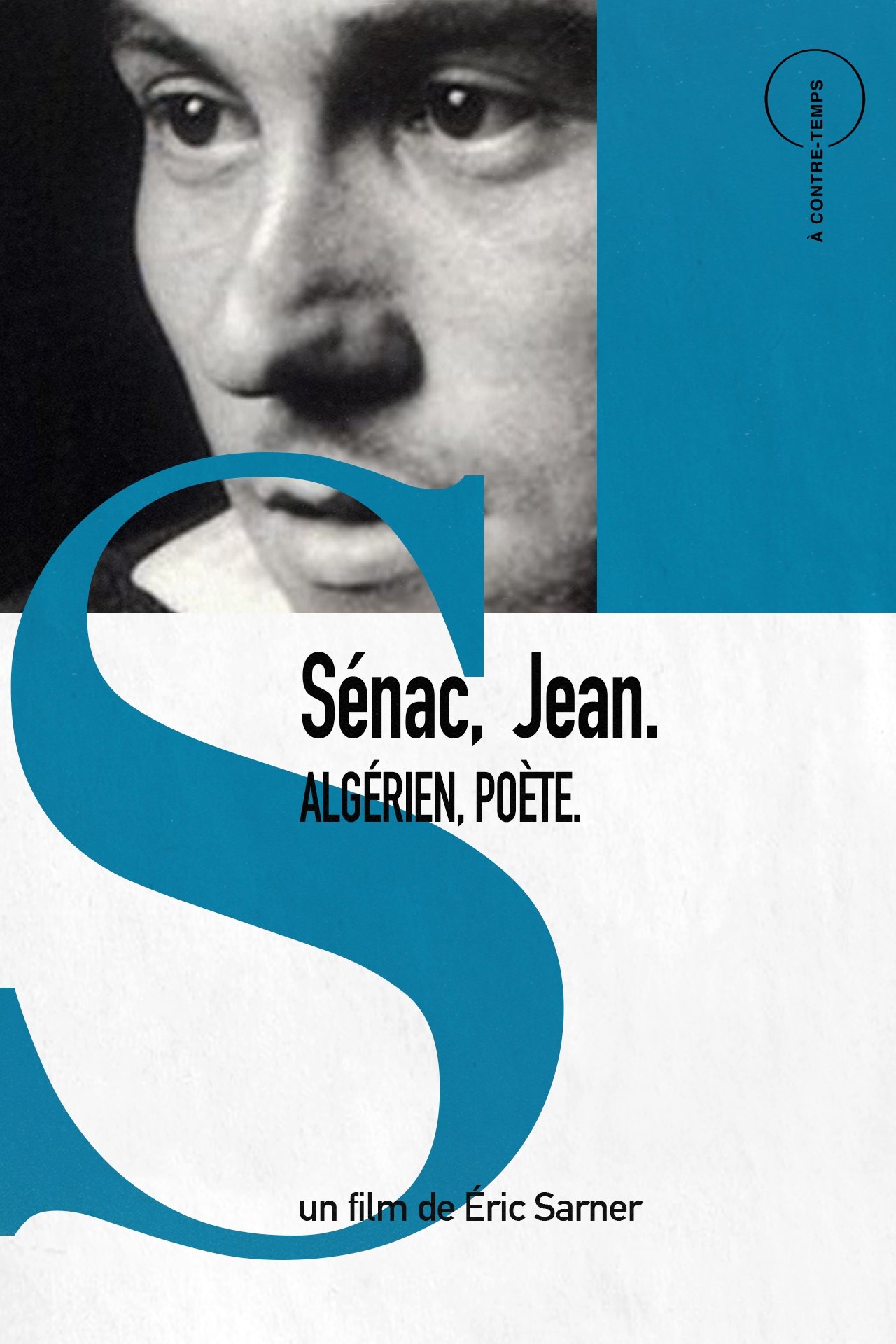
Sénac, Jean. Algérien, Poète
Released on: 2011-01-01
Documentary
Jean Sénac, born in Béni Saf in Algeria in 1926 and died in Algiers in 1973, is today considered one...
